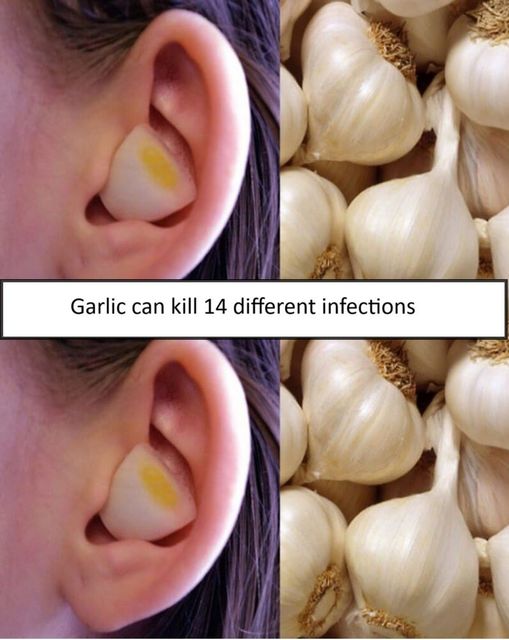
With its strong smell and its very particular taste, garlic repels or seduces. Raw, cooked or powdered, garlic is one of the most effective natural remedies. Indeed, many scientists have looked into its benefits. And even if more research is needed to elucidate all the mysteries of this food, it is a potential avenue to prevent and fight against these 14 infections.
Belonging to the Liliaceae family, garlic, also called Allium sativum, is a popular condiment in many cuisines around the world. Originally from Central Asia, it is distinguished by its content of organosulfur compounds, antioxidants and its main active compound: allicin. This composition offers it many benefits and makes it a basic ingredient in natural remedies.
The benefits of garlic:
A source of potassium, calcium, magnesium, phosphorus, vitamins C and B9, garlic is said to have a cardio-protective effect and anti-inflammatory, antimicrobial, antifungal, antiseptic and anti-inflammatory properties. Furthermore, it would thin the blood, fight against certain cancers and reduce diabetes. In the cosmetic field, it is attributed with benefits for taking care of hair and nails and for fighting acne and warts.
Likewise, it would be effective in preventing and treating certain infections by fighting against the pathogens involved. Among the latter, we find:
· Helicobacter Pylori (H.Pylori), a bacteria which causes digestive problems,
· Candida, a yeast responsible for fungal infections and skin disorders
· Staphylococci, bacteria found in cases of food poisoning and gastroenteritis,
· Escherichia coli (E.Coli), an intestinal bacteria
· Herpes, caused by infections of the skin and mucous membranes
· Influenza A and B, responsible for the flu
· Oral streptococci, bacteria particularly responsible for tonsillitis and dental caries
· Vibrio, responsible for cholera
· Rhinovirus, responsible for viral infections of the respiratory tract,
· Trichophytons, fungi involved in athlete’s foot pathology
· Rotavirus, generally involved in gastroenteritis in infants
· Scedosporium prolificans (S. prolificans), a fungus responsible for deep soft tissue infection, septic arthritis and pneumonia
· Giardia, responsible for the parasitic disease giardiasis
· Salmonella, a bacteria causing food poisoning
In view of all these benefits, we can then wonder how to use it. Explanations.
How to use garlic?
To benefit from the medicinal properties of garlic, garlic should be chopped and/or crushed to release its active compound, allicin.
Then, you can eat it raw by mixing it with oil or a little honey on a regular basis.
You can also add garlic to your salads, rub it on your toast or insert it into your meats but only a few minutes before the end of cooking.
Cooked garlic has a less attractive nutritional profile than raw garlic because the heat neutralizes the allicin and reduces the antioxidant content.
As for external use, opt for poultices and garlic oil.
The extra tip:
To reduce bad breath linked to garlic consumption, chew parsley leaves, licorice or even anise.
WARNINGS :
In excess, garlic can cause heartburn. Furthermore, its topical application must be done only on the area to be treated because on healthy areas,
Garlic (especially raw) can be very irritating and cause burns and allergic reactions.
Garlic is not recommended for people taking anticoagulant treatments and/or who have just undergone surgery.
Furthermore, garlic-based remedies (oral or external application) are not recommended for children. Always seek advice from your doctor before using any natural remedy.

